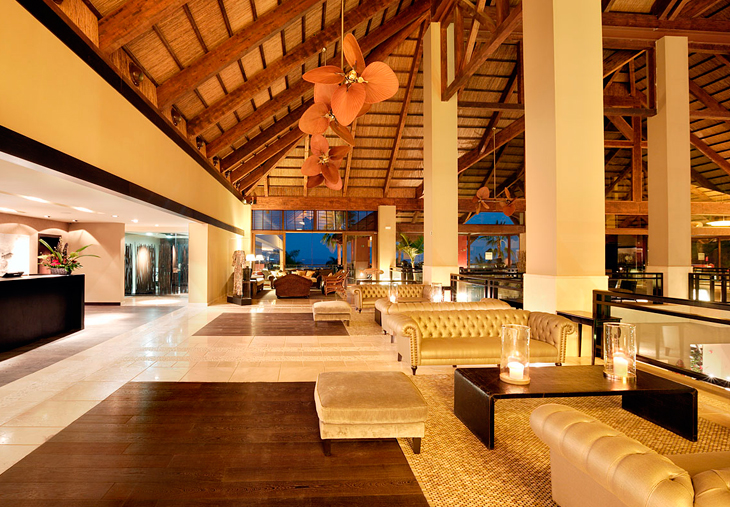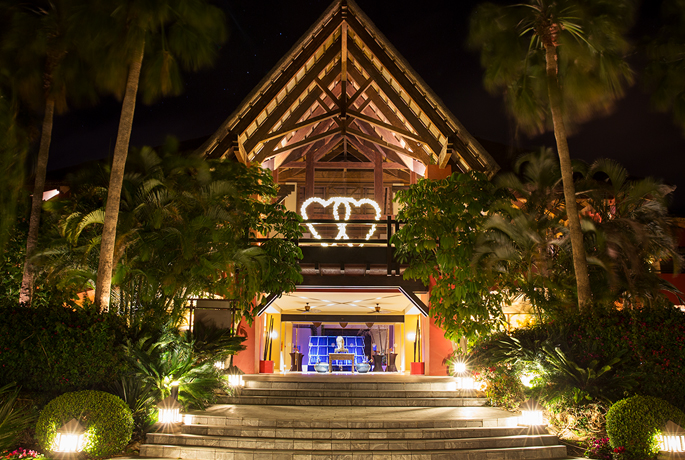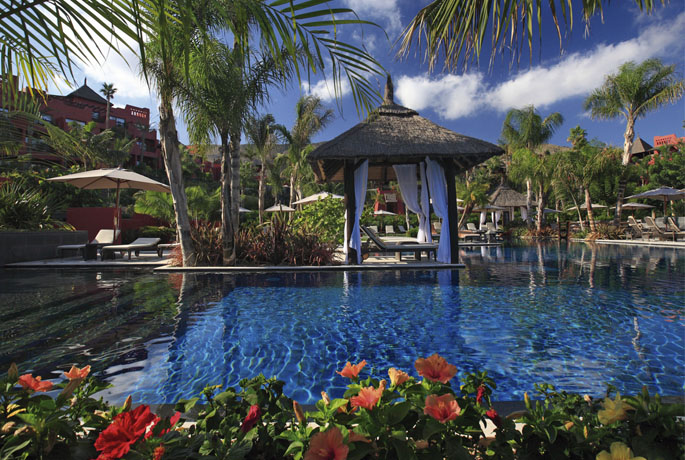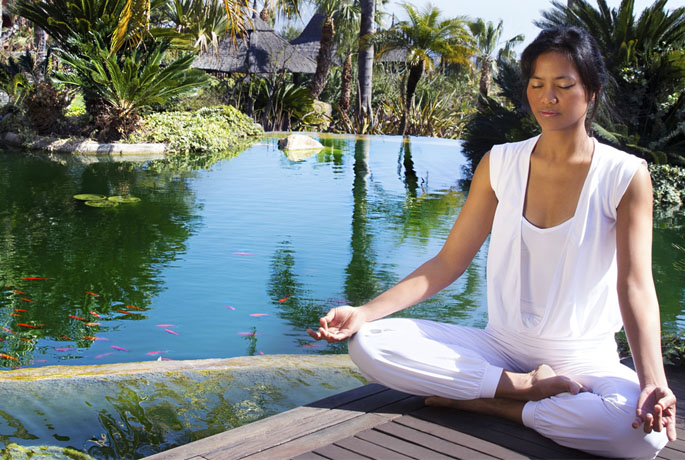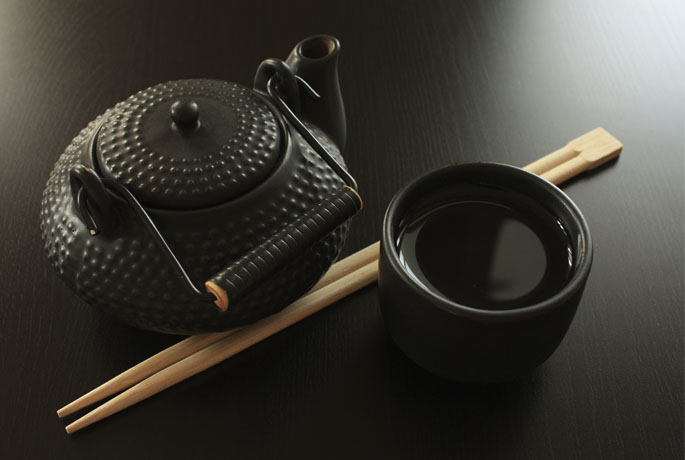Today, from our 5-star luxury hotel Asia Gardens Hotel, we are going back to Thailand to show you one of their natural wonders that we are sure you will recognise, Ko Tapu, better known as James Bond Island.
This impressive island is located about 200 metres away from Phang Nga bay, near two islets called Ko Khao Phingkan which means “hills leaning against each other”. The group of islands is within the Ao Phang Nga National Park.
Ko Tapu is an almost 20-metre high rock, its name literally means “Nail Island” or “Nail Hill” due to its resemblance to a nail. It has been protected since 1981, for its uniqueness and need of protection.
In 1974, the island became very popular after featuring in the James Bond movie “The man with the golden gun” filmed there. The people behind the movie seem to have liked the area as in 1997 they filmed in that bay again, this time the movie was “Tomorrow never dies”, hence why the island is called James Bond Island.
Up until then, the island was practically virgin, inhabited only by a few indigenous settlements. Ever since the release of the movie, Ko Tapu became a tourist attraction and continues to welcome large numbers of tourists every year.
This island may only be accessed by a small boat, which makes it even more exclusive. It is surrounded by turquoise waters in which more than 80 different species live; reptiles, amphibians and mammals. Once on the island, you can stroll around its caves and limestone rocks.
As we have already mentioned, the island has become very popular. For that reason, it is perhaps not the ideal place to enjoy some peace and quiet. On the other hand, at the Asia Gardens there is always room for you. We will make sure that the time you spend here is unique and relaxing. We await your visit.

